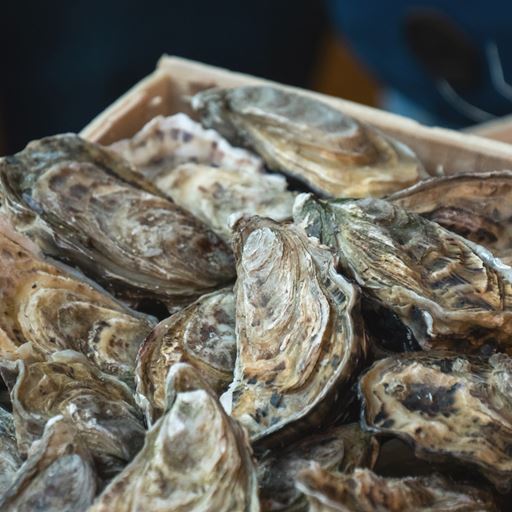Marine biologists and computer scientists at Essex have teamed up with Colchester Oyster Fishery on Mersea Island to develop sensors that detect when oysters spawn – alerting the oystermen they need to prepare the estuary beds to encourage young oysters to settle.
This is the latest of several projects involving scientists at Essex and local fishing communities to support sustainable economic growth of rock oyster aquaculture in the East of England.
Dr Tom Cameron, from our School of Life Sciences (formerly the School of Biological Sciences), explained: “This project is about using an existing technology but deploying it to solve ecological problems that will support regional aquaculture. We have developed a sensor prototype using a magnetic field sensor and a small magnet placed on either side of an oyster shell which can detect when it opens to feed or when it opens to spawn.”
Oysters need a hard surface to grow, but this is not naturally found on the muddy estuary beds in Essex. The age-old solution is to lay “cultch” - crushed shells and stones - for oysters to settle onto.
But timing is crucial. High levels of sediment in Essex estuaries mean the habitats are changing all the time and good habitat areas can be buried in shifting muds. If the cultch is laid too early it could get buried before the oysters settle, too late and the oysters will grow elsewhere so the oystermen will not know where to harvest them.

)
)
.jpg?mh=500&mw=500&hash=6568B6C9CCF5290A596BEF6678B6AD0E)




